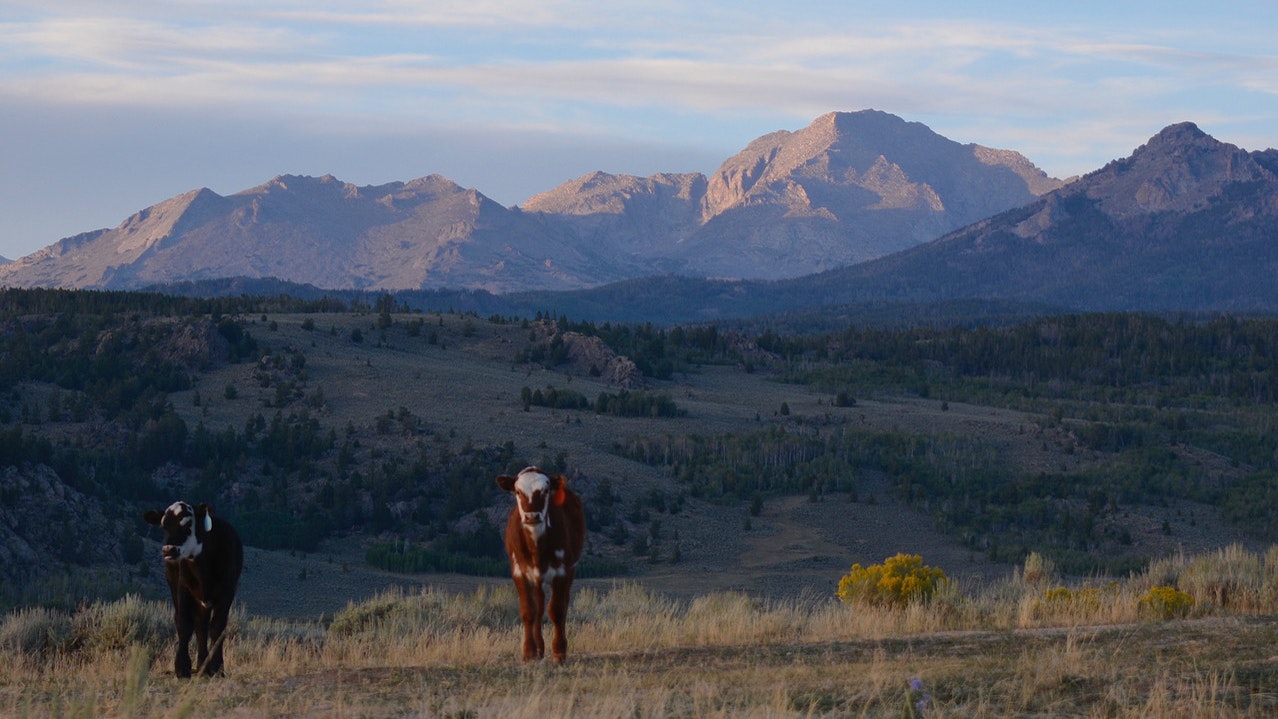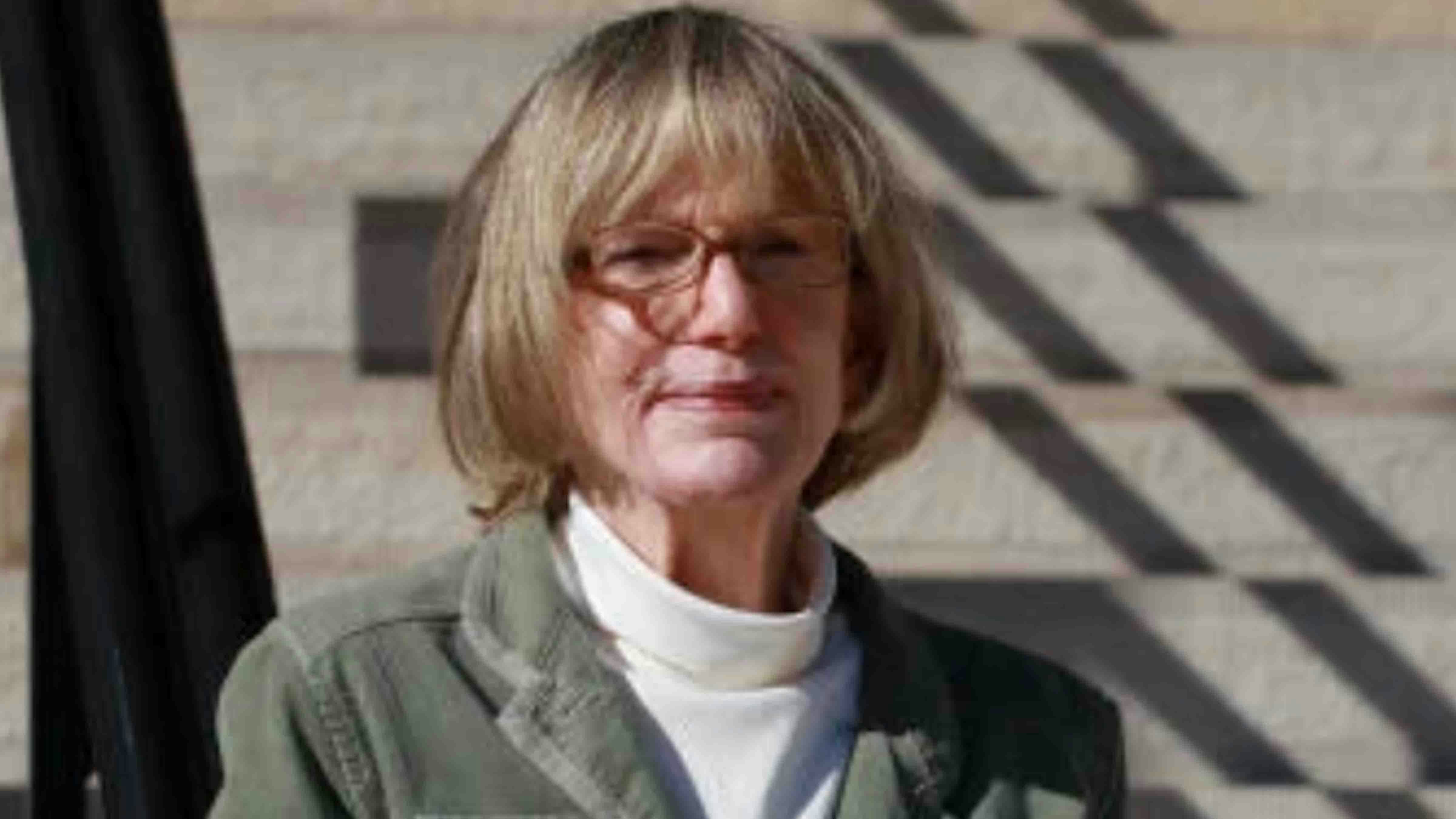By Cat Urbigkit, Range Writing columnist
Part 3 of 4-part series
Although Western Watersheds Project claims its mission is to “protect and restore western watersheds and wildlife through education, public policy initiatives and legal advocacy,” its primary goal is to end public lands livestock grazing.
Whether through their incessant press releases haranguing ranching as the most destructive force on the western range, or suing federal agencies for their failure to abide by statutory timelines while creating backlogs of work in response to lawsuits, WWP is the most single-minded of the anti-grazing groups.
Here’s WWP’s “to-do list” from its website:

In 2018, WWP celebrated its 25-year birthday.
Notice that its highlighted accomplishments focus on its negative impact to public lands ranching. That’s how it measures success.

Marvelous Beginnings
Delaware native Jon Marvel is a retired architect who moved to Stanley, Idaho in the late 1960s and soon found cattle that grazed on national forest land had pushed through a fence to graze on his adjacent private property.
His negative encounter with the bovines and their owner led Marvel to develop a grudge against cattle and ranchers using public lands to the extent that he urged the U.S. Forest Service to cut the amount of livestock grazing on the allotment next to his place.
Influenced by a children’s magazine depiction of livestock as a destructive force on public lands, Marvel wrote thousands of letters to agency officials to complain about livestock and calling for elimination of livestock grazing on public lands throughout Central Idaho.
Marvel’s advocacy included theatrics such as his toting around a pink pacifier, popping open a briefcase of cash to dramatize his grazing permit bids, and wearing an “End Welfare Ranching” button, in addition to bestowing its “Golden Cowpie” award to agency offices that it deemed to enable continued livestock grazing.
His first tactic was to try to outbid ranchers for grazing leases in Idaho with the intention of keeping the leases free of livestock grazing – which he eventually succeeded. His efforts resulted in the 1993 founding of a non-profit organization, the Idaho Watersheds Project, with the goal of destabilizing the livestock industry so ranchers would go out of business.
That organization morphed into Western Watersheds Project in 2000 as Marvel expanded the effort to rid public lands of livestock grazing throughout the West. Marvel’s bombastic behavior included shouting during public meetings, hurling insults, sticking his tongue out at an agency official when he didn’t get his way, and generally being unpleasant to those who don’t share his viewpoint.
Greenfire
Shortly after expanding WWP’s mission for a West without livestock, in July 2001, WWP received ownership of a 432-acre property on the East Fork of the Salmon River in Custer County, Idaho.
By transferring the ranch ownership to “That-A-Way Ranch” through Valley Sun, LLC, WWP’s donor provided this $1.3 million asset to WWP. WWP declared the property its new headquarters and decided the newly named Greenfire Preserve would be restored “to a self-sustaining native habitat,” that would provide on-site education for high school and college students about “degradation of public lands by domestic livestock.”
The “Greenfire” name is homage to conservationist Aldo Leopold, who wrote of killing a wolf and seeing “a fierce green fire dying in her eyes. I realized then, and have known ever since, that there was something new to me in those eyes—something known only to her and to the mountain.”
WWP began spending lots of money on its Greenfire Preserve program – but was spending more money than it was bringing in, even with a $47,000 loan from Marvel, and maxing out a $98,000 line of credit at a Wells Fargo bank for operating capital (and using the preserve property as collateral).
According to records filed with the Internal Revenue Service, WWP focused its work in three main program areas:
- Monitoring – identifying damaged watersheds and documenting abusive land management practices;
- Litigation – protecting imperiled wildlife, public lands, and western watersheds “through vigorous litigation;” and
- Restoration & Education – restoring the 432-acre Greenfire Preserve “as a self-sustaining native habitat, and bringing WWP’s conservation campaign to the attention of the national press and policymakers.”
After only six years of ownership of the 432-acre property, WWP had spent at least $740,000 on its restoration and education program and found itself in the same scenario many ranchers face: being land rich and cash poor. The preserve’s educational events and luxury lodge rentals had brought in only minimal amounts of revenue, yet WWP had sunk hundreds of thousands of dollars into its showcase property and program. WWP abruptly switched course, transferred ownership of the LLC and its property to Seattle philanthropist Gordon Younger, at a reported loss of $20K.
In announcing it had sold its interest in the property to a “conservation buyer” in 2007, WWP noted the deal “improves WWP’s cash balance sheet dramatically, but also enables the continuation Western Watersheds Project as the Manager of the Greenfire Preserve through a multi-year agreement with the conservation buyer.”
The land deal gave WWP access to more than $1 million dollars, but it didn’t take long for the organization to burn through that pot of money either. WWP spent $215-$420K more than its annual revenues in each of the next three years, with the vast majority of its expenses going toward salaries and personnel costs. By the end of 2010, the organization’s total assets had dropped to about $390,000.
But WWP got a big boost in 2011, raising a record $1.6 million. Where this level of funding originated is unknown – but we do know that 2011 would be a milestone in WWP’s future, as we’ll see next.
Flush with cash from 2011, WWP once again overspent its annual revenues by $250-$340K every year for the next three years. WWP ended 2014 with 13 employees on the payroll, but with only $265,000 in cash and assets. And for the first time since he’s founded the organization, Marvel was no longer either on the board or serving as its executive director. He had moved on to much greener pastures.
Marveless: the gift that keeps on giving
Back in 2011, Marvel had joined the board of the newly created Sagebrush Habitat Conservation Fund. Pledges to the contrary, having Marvel on a board whose membership was controlled by WWP laid the foundation for WWP to eventually gain from its actions. As reported earlier in this series, the Fund had been created when Ruby Pipeline LLC had agreed to provide a $15 million conservation fund so that WWP would not attempt to delay construction of its multi-state pipeline.
Although WWP had pledged the Fund wouldn’t be used as a war chest for WWP, that commitment only lasted for a few years. In 2015, the Fund provided WWP with its first of what came to be annual contributions. The Fund’s $100,000 allowed WWP to end the year with $294K in assets. Even with the Fund quadrupling its contribution to WWP the next year, WWP once again spent more than its annual revenue, ending the year with only $235K in total assets.
That was the last year that WWP spent more than its annual revenues, and coincidentally, was the year that Erik Molvar took over as executive director. Was it Molvar’s management that kept spending within revenues since then?
I’d guess it has more to do with the annual contributions being made by the Fund, which total $2,238,850 in six years (2015-2020). In 2020 (the most recent filing available for public inspection) the Fund provided $528,850 to WWP, allowing the organization to close out the year with assets of $578,844. In addition to the large chunk of change from the Fund, WWP reported it also received legal fee recoveries of $278,900 in 2020 – a huge increase from past years.
Although WWP had continued to spend money on the Greenfire Preserve it no longer owned for a full decade, Gordon Younger passed away in 2017.
His heirs formed a new nonprofit, White Clouds Preserve, and took over management of the newly renamed private property in 2018, with a mission to “promote education, research, environmental restoration and economic transformation” in the region.
The lodge is once again available for event rentals, and the preserve generated $120,000 in revenues through its offerings in 2020. Apparently, it wasn’t such a money pit after all.
Since it no longer had the Greenfire Preserve, WWP changed the “restoration and education” portion of its informational filings with the Internal Revenue Service to no longer reference it, but kept the spending category as one of its major program areas, noting WWP “successfully brings the organization’s conservation campaign to the attention of national press and policymakers. In the last five years more than 450 news stories have appeared about the work of WWP.”
By 2021, WWP’s payroll and compensation expenses were more than $900,000 of its total revenue of $1.3 million, most of which came from grants totaling $892,200, according to WWP’s Spring 2022 newsletter. The group had budgeted to spend $1.5 million in 2022. It’s unknown how much of this money is coming from the Fund.
This is part three of a four-part series. Next up is a look at who stands with WWP.
Cat Urbigkit is an author and rancher who lives on the range in Sublette County, Wyoming. Her column, Range Writing, appears weekly in Cowboy State Daily.
Disclaimer: Urbigkit is an enthusiastic supporter of pastoralism around the globe, including public lands livestock grazing in the American West. She’s gone on record as being anti-WWP.





